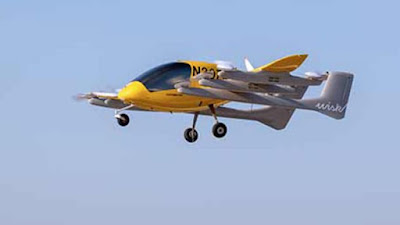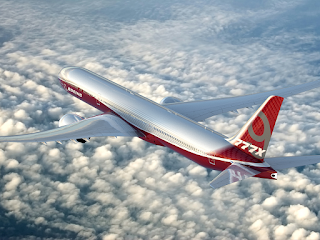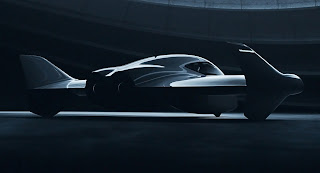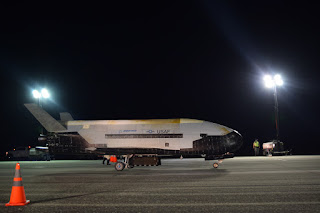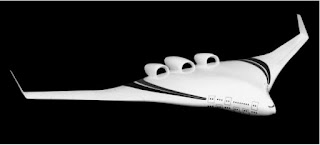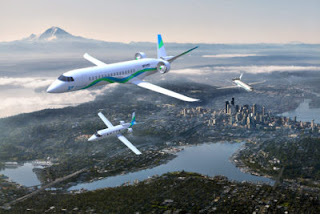Autonomous Flying Taxis Near Takeoff

Wisk Aero's 4-Seat Air Taxi Going After FAA Certification Source: Wisk Aero New Form of Urban Commuting Mountain View, California-based Wisk Aero, which is financially backed by Boeing, just unveiled its 6th generation, 4-seat, autonomous air taxi. The eVTOL is all-electric and a very sleek and smart new way to travel. This is the design that the aerospace startup company intends to put into production and bring to market. Wisk Aero is now seeking its FAA certification to fly passengers, along with certifications in New Zealand and elsewhere. The company has performed more than 1600 test flights with its new air taxi. It is clearly getting ready for take-off. Unique Autonomous Flying with Remote Human Backup The technology underpinning Wisk is highly advanced....

